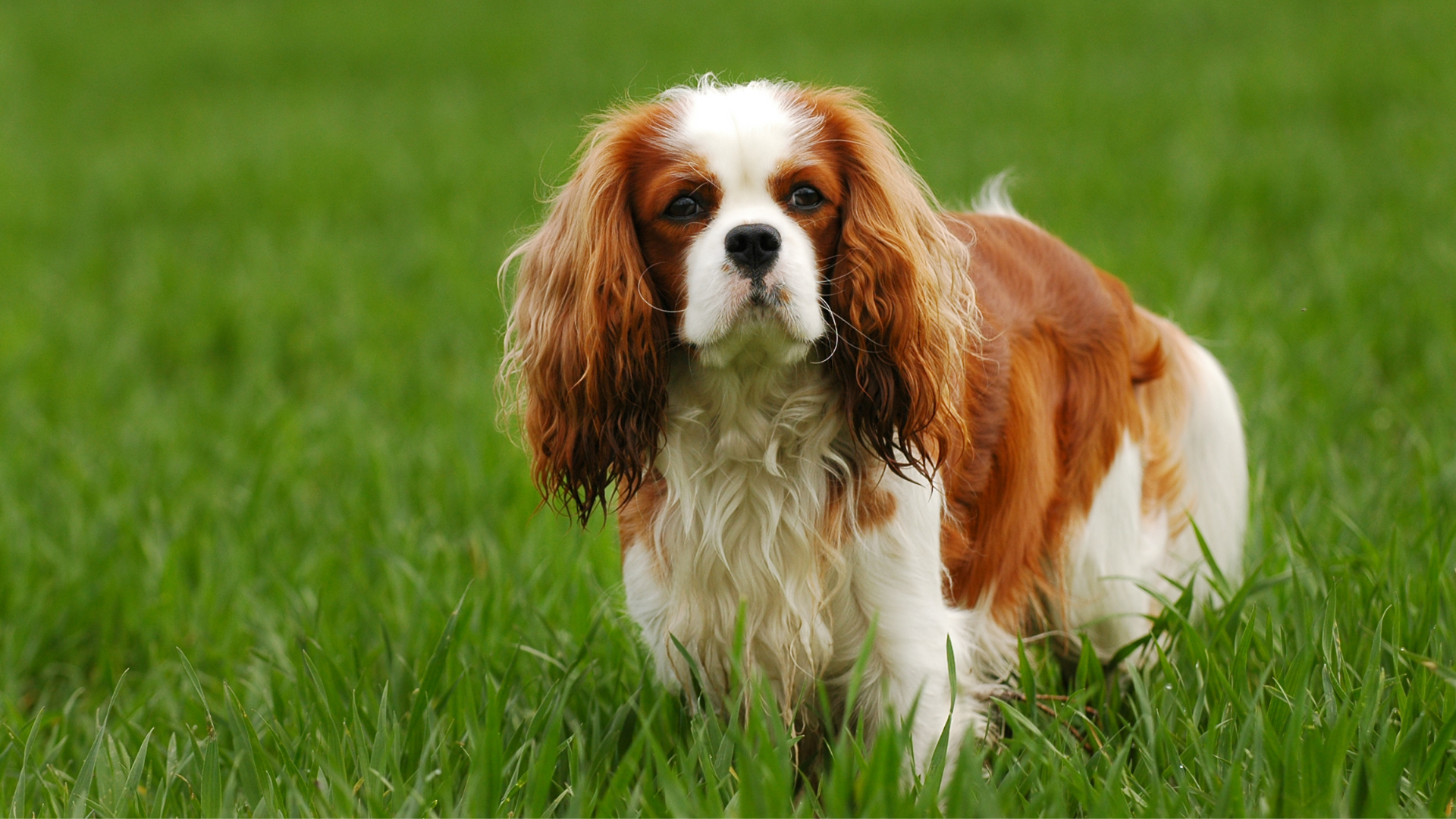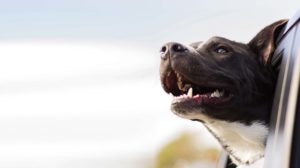Introduction
The Cavalier King Charles Spaniel, “Cavy” or CKCS diverged from the King Charles Spaniel in the 1920’s when an American enthusiast called Roswell Eldridge set out to recreate the dogs that appeared in old images of King Charles II, who reportedly could not be separated from his small spaniels. In 1945 the Cavalier King Charles Spaniel was formally recorded as its own breed, separate from the King Charles Spaniel.
Appearance and Personality
They are a small breed dog and their size ranges from 30 to 33 cm and weight from 5.5 and 8 kg with females tending to be a bit smaller than males. There are four recognised colours including Blenheim, named after Blenheim Palace in Oxfordshire, England which is chestnut and white; tricolour, black and tan and ruby. Their coats are medium to long and may be wavy. Regular brushing is needed to keep their coats in top condition. Their feet are quite hairy too, so regular trimming may be required. With floppy, hairy ears, regular ear care including ear cleaning is needed to help avoid ear infections.
Bred as a companion, the Cavalier King Charles Spaniel is a friendly and active little dog. Popular with families for their good-natured disposition, they will generally get along well with other pets, dogs, and people.
They love their families and being left alone for long periods of time can lead to loneliness and anxiety. They are well suited to apartment living, but daily exercise is vital as they tend to become overweight easily. They are generally eager to please but are known for sometimes being a little slow to pick up toilet training. Be patient and use lots of positive reinforcement with these sweet little dogs and in time they will get the hang of it.
Common Health Concerns
Unfortunately, it is a known issue in the breed that they often develop Mitral Valve Disease, which is a disease where the mitral value in the heart degenerates, eventually leading to heart failure.
With their big, wide eyes, Cavies are also prone to eye injuries, as well as other eye problems including “dry eye” (keratoconjunctivitis sicca), and cataracts. The five most common reasons for a Cavalier King Charles Spaniel to visit the vet (excluding routine care visits) according to PetSure data (from 2020) include:
| Rank | Condition | Average cost for single treatment (average pet insurance claim amount) | Highest cost for single treatment (highest pet insurance claim seen for this condition) |
| 1 | Heart disease (mitral valve disorder and cardiac failure) | $242 | $18,520 |
| 2 | Skin disease (allergic skin disease, dermatitis, itchy skin, pyoderma) | $170 | $3,442 |
| 3 | Gastrointestinal disease (diarrhoea, gastritis, vomiting, Canine Haemorrhagic Gastroenteritis) | $289 | $5,147 |
| 4 | Ear infection | $155 | $3,800 |
| 5 | Anal sac disorder | $149 | $3,147 |
Disclaimer: Reimbursement for these claims would be subject to limits, such as annual benefit limits or sub-limits, benefit percentage, applicable waiting periods and any applicable excess. Cover is subject to the policy terms and conditions. You should consider the relevant Product Disclosure Statement or policy wording available from the relevant provider.
For the same period (2020 calendar year), the top five highest single vet treatments (or highest pet insurance claims) for Cavalier King Charles Spaniel from PetSure data were:
| Rank | Condition | Highest Cost of treatment for condition (average pet insurance claim amount) |
| 1 | Mitral valve disorder | $18,520 |
| 2 | Intervertebral disc disease | $15,839 |
| 3 | Neoplasia | $13, 631 |
| 4 | Seizure disorder | $12,684 |
| 5 | Foreign body ingestion | $9,752 |
Disclaimer: Reimbursement for these claims would be subject to limits, such as annual benefit limits or sub-limits, benefit percentage, applicable waiting periods and any applicable excess. Cover is subject to the policy terms and conditions. You should consider the relevant Product Disclosure Statement or policy wording available from the relevant provider.
Most popular Cavy names according to 2020 PetSure data:
Most popular names:
- Charlie
- Archie
- Ruby
- Teddy
- Alfie
- Bailey
- Bella
- Daisy
- Harry
- Leo
Most popular female names:
- Ruby
- Bella
- Daisy
- Luna
- Molly
- Poppy
- Lady
- Rosie
- Lola
- Millie
Most popular male names:
- Charlie
- Archie
- Teddy
- Alfie
- Bailey
- Harry
- Leo
- Milo
- Monty
- Ollie
Did you know?
In a decree that still exists in England today by King Charles II, Cavalier King Charles Spaniels could not be denied entrance to buildings including the Houses of Parliament.
References
- American Kennel Club, Cavalier King Charles Spaniel, Accessed 15.10.20 available at: https://www.akc.org/dog-breeds/cavalier-king-charles-spaniel/
- Wikipedia, Cavalier King Charles Spaniel, Accessed 15.10.20 available at: https://en.wikipedia.org/wiki/Cavalier_King_Charles_Spaniel
- Wikipedia, Blenheim Palace, Accessed 15.10.20, available at: https://en.wikipedia.org/wiki/Blenheim_Palace
Pet insurance can help by covering a portion of the eligible vet bill if the unexpected happens. Because it is difficult to predict the costs of veterinary care, it can help to have measures in place to help prepare for the unexpected. Check out our partner network and explore our policy tools to find a pet insurance policy.
Not all conditions or items are covered by Pet Insurance. Refer to the applicable Product Disclosure Statement for information about coverage and exclusions.








